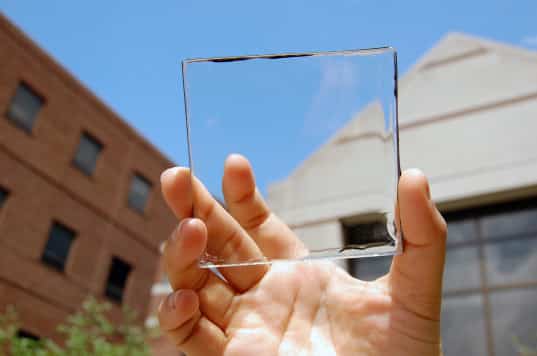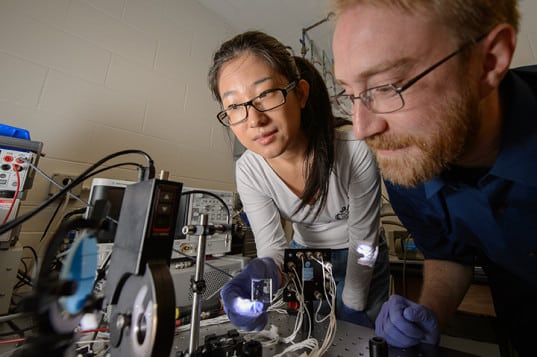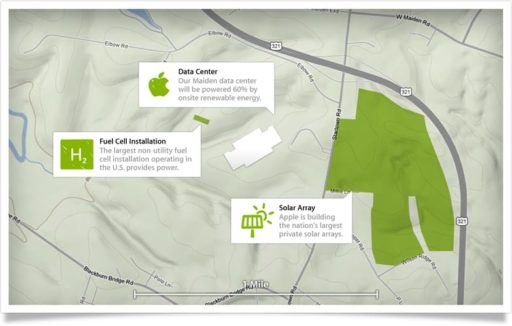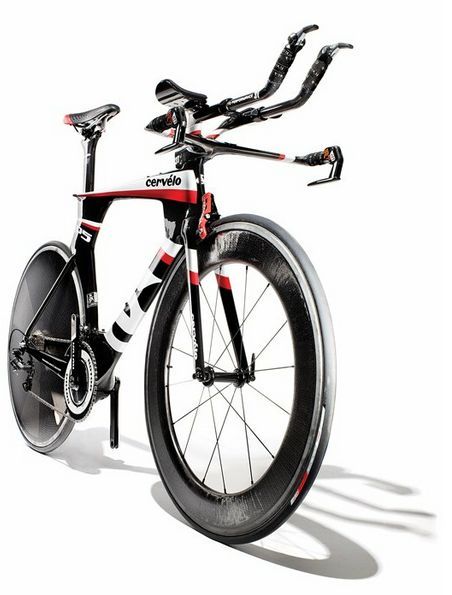To have solar energy, you are required to have solar cell. Until now, the solar cells that we have seen are nontransparent. But now, researchers in Michigan State University in the US, have developed transparent solar cells that can be used to cover windows, buildings or smartphone screens to produce solar energy.
Transparent solar cell technology has been attempted before, but the energy the cells produced was poor and the materials they were made out of were highly colored. But, this new transparent solar cell (called as transparent luminescent solar concentrator or solar concentrator only) can produce higher energy than the earlier ones. However, this new transparent solar cell can be used to cover anything that has a flat, clear surface.
Whereas most traditional solar panels collect light energy from the sun using dark silicon cells and converted into electricity using the photovoltaic effect, solar concentrators actually focus sunlight onto a heat engine that produces electricity. In other words, the new transparent solar cells are made from tiny organic molecules that absorb invisible wavelengths of sunlight such as ultraviolet and near infrared light. This invisible light is then guided to the edge of the solar panel, where thin strips of photovoltaic solar cells pick it up and convert it into energy.
Richard Lunt, one of the researchers behind the technology, said in a press release, “No one wants to sit behind coloured glass. It makes for a very colourful environment, like working in a disco. We take an approach where we actually make the luminescent active layer itself transparent. Because the materials do not absorb or emit light in the visible spectrum, they look exceptionally transparent to the human eye.”
Note that, this solar cells are not only transparent, but also flexible. The researchers are now working on scaling the technology up for commercial applications such as window coverings for residential and office buildings, smartphone and tablet screens, electronic signs, and car windows.
This technology is still new, so there are efficiency concerns that need to be addressed before it can be scaled up. According to Lunt, “It opens a lot of area to deploy solar energy in a non-intrusive way. It can be used on tall buildings with lots of windows or any kind of mobile device that demands high aesthetic quality like a phone or e-reader. Ultimately we want to make solar harvesting surfaces that you do not even know are there.”
Source: Michigan State University
[ttjad keyword=”solar-device”]





